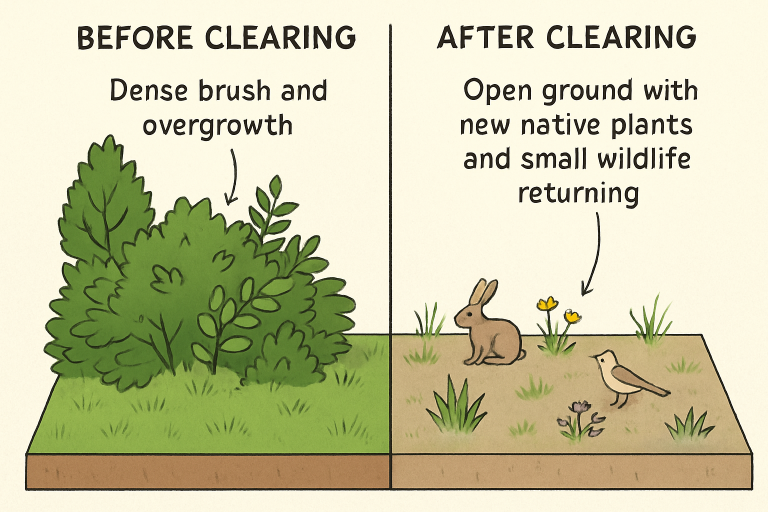Key Takeaways
- Continuing education helps dentists adapt and meet modern patient needs.
- Participation in ongoing learning through online courses, hands-on workshops, and professional events leads to higher quality care and confidence in practice.
- Digital resources and flexible formats are helping overcome time and location-based barriers to professional development.
- Investing in continuous education boosts patient outcomes, job satisfaction, and professional networking opportunities.
Why Continuing Education Matters for Dental Professionals
The clinical landscape of dentistry is continuously evolving, and staying stagnant can mean falling behind quickly. Staying updated through structured learning is a necessity, not just for licensure compliance but also for providing ethical, high-quality patient care. Every year, from learning about new pain management techniques to updated infection control procedures, brings innovations that can impact daily dental practice. Accessing supportive tools and educational programs through trusted resources, such as Delta Dental, can help dental professionals keep up with these changes by providing curated, relevant content designed for real-world scenarios.
Modern patients are more informed than ever, often seeking providers knowledgeable about the newest treatments, materials, and technologies. Dentist-patient trust is often influenced by how up-to-date clinicians are with current best practices. Actively engaging in continuing education demonstrates to patients a deep commitment to lifelong learning and helps build lasting relationships rooted in mutual respect. Ultimately, this investment allows the practice to stay competitive and responsive to shifting public expectations in oral healthcare.
Ways to Participate in Ongoing Dental Training
There’s no single route to ongoing education in today’s dental world—professionals can choose from a mix of formats based on learning style, career goals, and availability. In-person workshops provide critical hands-on experience, especially for rapidly changing areas such as digital imaging or restorative materials. Live sessions allow clinicians to question and practice directly with new tools and technologies. Meanwhile, online webinars and asynchronous CE modules support learning on a dentist’s schedule, making professional development more flexible.
- Live and hands-on workshops: These sessions simulate real dental scenarios, allowing participants to gain tactile experience and immediate instructor feedback. Subjects might include implant placement, laser dentistry, or advanced endodontics.
- Webinars and online CE courses: These offer a dynamic blend of presentations and interactive Q&A, ideal for learning regulatory changes, updated coding, or new pharmacological products.
- Peer study groups and journal clubs: By discussing the latest published studies, dental teams can collectively evaluate new practices and decide how to adapt them within their offices.
- Dental podcasts and video content: Bite-sized content enables busy professionals to absorb new information while commuting or between appointments.
Combining traditional and digital formats maximizes retention and can encourage broader staff participation. Whether pursuing specialty certification or fulfilling annual CE requirements, there’s a solution to fit every schedule and learning preference.
The Evidence-Based Benefits of Ongoing Training
Regular engagement with professional development isn’t just encouraged—it’s scientifically proven to make a difference. Data consistently show that dentists who frequently participate in continuing education outperform those who do not on critical treatment quality indicators. Longitudinal research confirms that those updating their skills regularly encounter fewer procedural errors, are quicker to adopt new and beneficial technologies, and tend to experience lower rates of malpractice or licensing issues. According to one peer-reviewed study on continuing professional development, these dentists also report significantly better patient trust and loyalty.
Real-world benefits also extend to patient safety, as regularly trained clinicians are more likely to adhere to evolving infection control standards and early-detection screening recommendations. Dental practices committed to ongoing learning tend to foster a collaborative environment, with teams that communicate well and adapt quickly during times of change—such as new OSHA requirements or global health concerns. In short, embracing evidence-driven growth is a win for the provider and the patient.
Embracing Technology and Innovation in Dental Education
Technology sets a new standard for dental education and how clinicians upgrade their competencies. Virtual reality simulations allow dentists to practice complex procedures and refine their manual dexterity in a safe, controlled environment before treating real patients. In addition, 3D printing tutorials and teledentistry platforms have become widely accessible, empowering dental professionals to expand their capabilities into digital prosthetics or remote diagnostics.
Adopting these technology-driven tools makes practices more efficient and meets today’s patient expectations for comfort and speed. Staying proficient with new digital workflows is quickly becoming an industry expectation. Practices offering the latest digital impression systems, cone-beam CT imaging, or clear aligner therapies are better positioned to attract patients seeking modern care. As discussed in the Dental Economics article, this transformation is about adopting tools and reshaping mindsets—encouraging clinicians to embrace innovation as a continuous journey. With innovation occurring rapidly, dental professionals who invest in tech-based education are setting themselves apart as leaders.
READ ALSO: Wendy Sellers: The No-BS HR Expert Who Gets Real Results
Overcoming Barriers to Continuing Education
Despite its proven benefits, regular continuing education still challenges many in the dental community. Long working hours, staff shortages, high course fees, and the need to travel can all limit participation. However, advancements in digital access and collaborative learning models are helping to break through these barriers. Many CE providers now offer flexible payment plans, scholarships, or group rates to encourage broad participation, especially for those early in their careers or working in underserved areas.
For dental professionals in rural or remote locations, online training and virtual workshops are game-changing, reducing the need for costly travel. Some organizations also provide travel stipends or stipulate regional learning centers to expand access. The industry continues to advocate for more inclusivity, and with a growing menu of digital options, lifelong learning is more attainable than ever before.
The Role of Conferences and Events in Dentist Growth
Industry conferences, dental society meetings, and large-scale expos remain critical for those committed to staying ahead in the field. These gatherings directly expose prominent researchers, trends, and upcoming products. Attendees often leave these events with new skills and a reinvigorated passion for the profession through shared experiences and collaboration.
Conferences also foster connections—both mentorship and peer support—that continue well after the event ends. Networking with like-minded professionals can introduce new practice approaches, facilitate patient referrals, and create ongoing collaborative research opportunities. Often, cutting-edge research and technologies are demonstrated at these gatherings before appearing in mainstream journals, helping clinicians lead changes in their communities.
Making Training Accessible for Busy Dental Professionals
Amid a demanding clinical workload, many dental teams struggle to carve out extra hours for classes. The shift toward on-demand education and microlearning is making a critical difference, especially for solo practitioners and teams managing a heavy patient flow. Short, skill-focused modules can slot into lunch breaks, weekends, or even during practice team meetings, making incremental but meaningful progress possible for everyone.
In addition, many professional organizations are bundling synchronous (live) learning with asynchronous (self-paced) content, maximizing flexibility. Dental societies and reputable educational providers actively pursue strategies to tailor programming and offer strategic learning packages that fit multiple learning styles and needs.
Recommendations for Lifelong Learning in Dentistry
Lifelong learning begins with curiosity and a willingness to embrace change. To stay relevant and practical, dental professionals should consider creating an annual learning plan and scheduling time for online classes, workshops, and at least one industry event each year. Monitoring advancements and news from trusted outlets such as Dentistry Today News can help spotlight skill gaps or new fields to explore.
Actively engaging in ongoing education enhances day-to-day clinical performance and drives professional fulfillment and adaptability. Peer groups, online forums, and mentorships further amplify the learning experience, turning education from a solitary activity into a collaborative and inspiring journey. Dental professionals who see learning as a lifelong investment are best positioned to navigate the challenges and opportunities of modern dentistry—raising standards, elevating patient care, and leading with confidence as the dental landscape evolves.
YOU MAY ALSO LIKE: UGA eLC: Your Gateway to Seamless Online Learning at the University of Georgia











